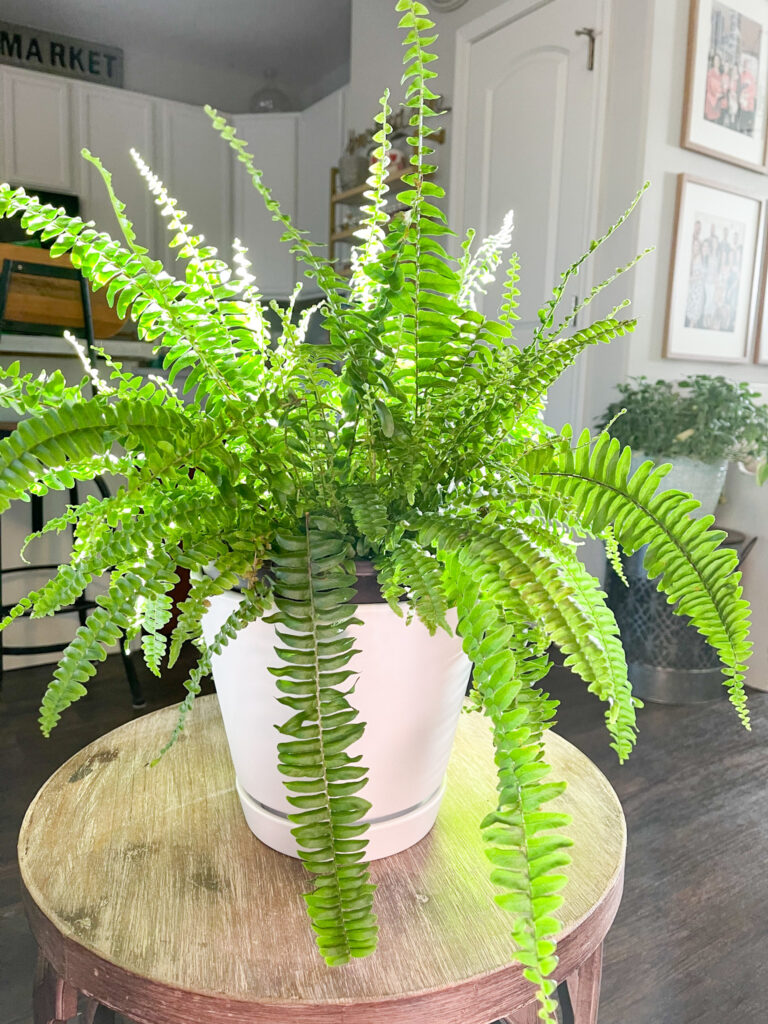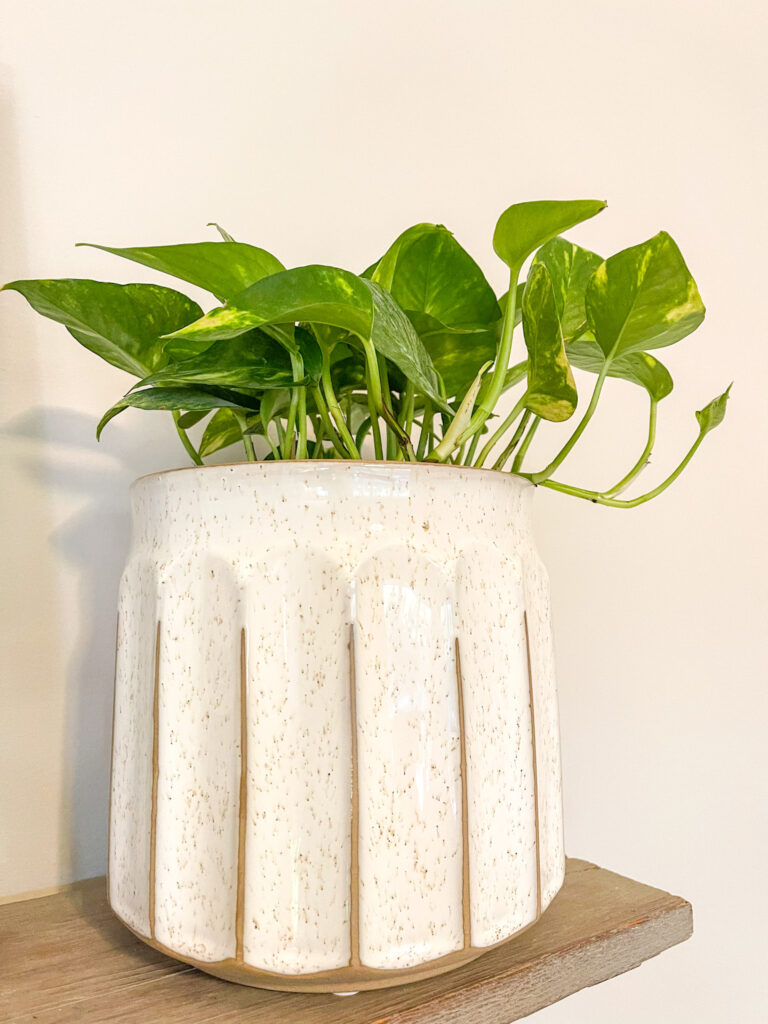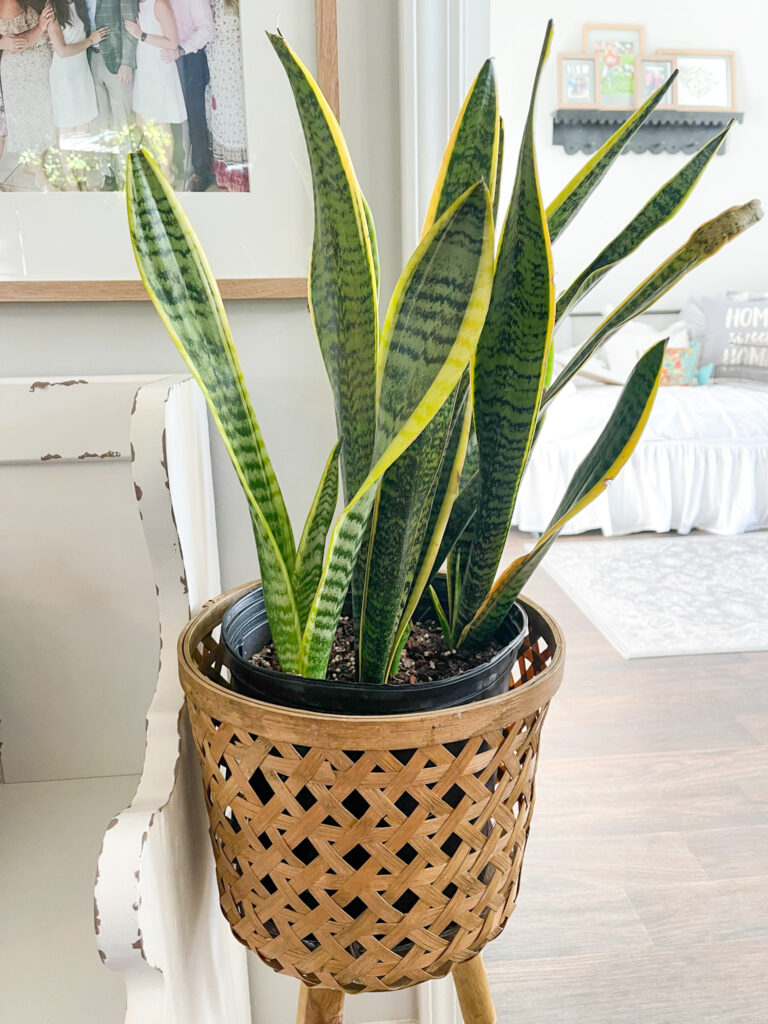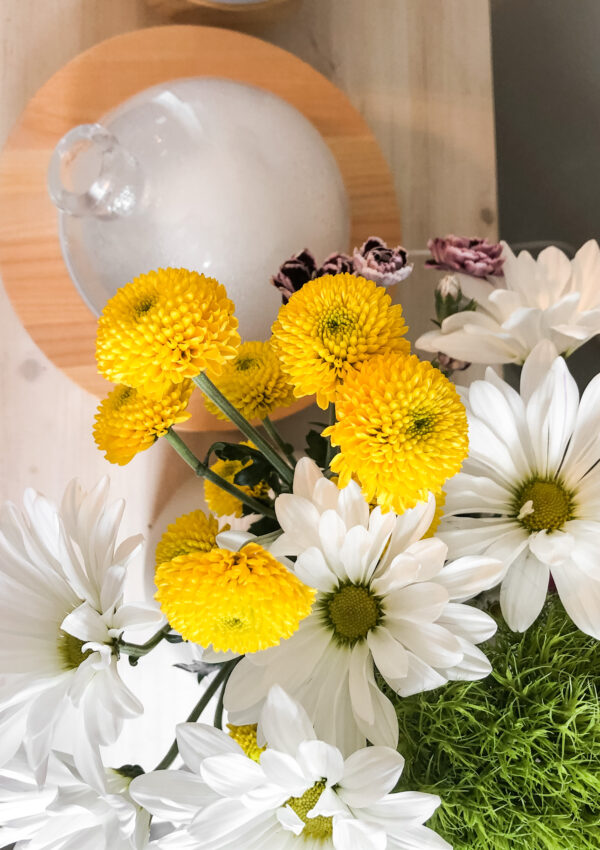So you saw someone driving the clean, green, plant-based, non-toxic machine…But what do those terms really mean? Why are they important? And how can you realistically implement that lifestyle in your home without being completely overwhelmed with the process? I’m sharing an organized approach on how you can completely clean up your home in one year!
As a health care provider and a homebody, I’m passionate about simplifying the practice of health and wellness within the walls of our own homes! Ultimately, if something is confusing, complicated or expensive it likely won’t be implemented, right? I want to show you how easy it is to achieve the goals you set to better yourself and your household in the New Year!
First, you need a little background information, why we should be cognizant about the products in our homes and how this awareness relates to our health and wellness. Is ignorance really bliss? There is personal empowerment in knowledge and education. I wish I had known sooner what I know now. Even as a health care provider I was seriously misinformed. That’s why I was inspired to start writing things down as I learned, so that you would have a head start! It is never too late and you are never too far gone to make better decisions. And once you know better…You. Can. Do. Better. I want this space to serve as a place of encouragement and empowerment for you! I also want you to know that this is a judgement free zone. I am not an expert on the things I’m about to share with you and I am still learning new ways to improve my health at home everyday.

So you’ve heard the trendy terms, “going green,” “clean,” “plant-based,” “non-toxic,” and “chemical-free,” why are they so buzz-worthy right now? These terms were born out of a movement of individuals who are ditching and switching. A movement that has been catapulted by education and information. People are ditching harmful, chemical-laden products and getting the education they need to make informed decisions, then switching to safer, healthier products.
The obvious way to avoid hazardous chemicals is to refrain from ingesting them, right? But what if we’re missing two giant pieces of this puzzle? There are more than one way in which our products at home can harm us. We’re breathing in as well as applying hundreds of thousands of harmful chemicals to our bodies on a daily (likely even hourly) basis.
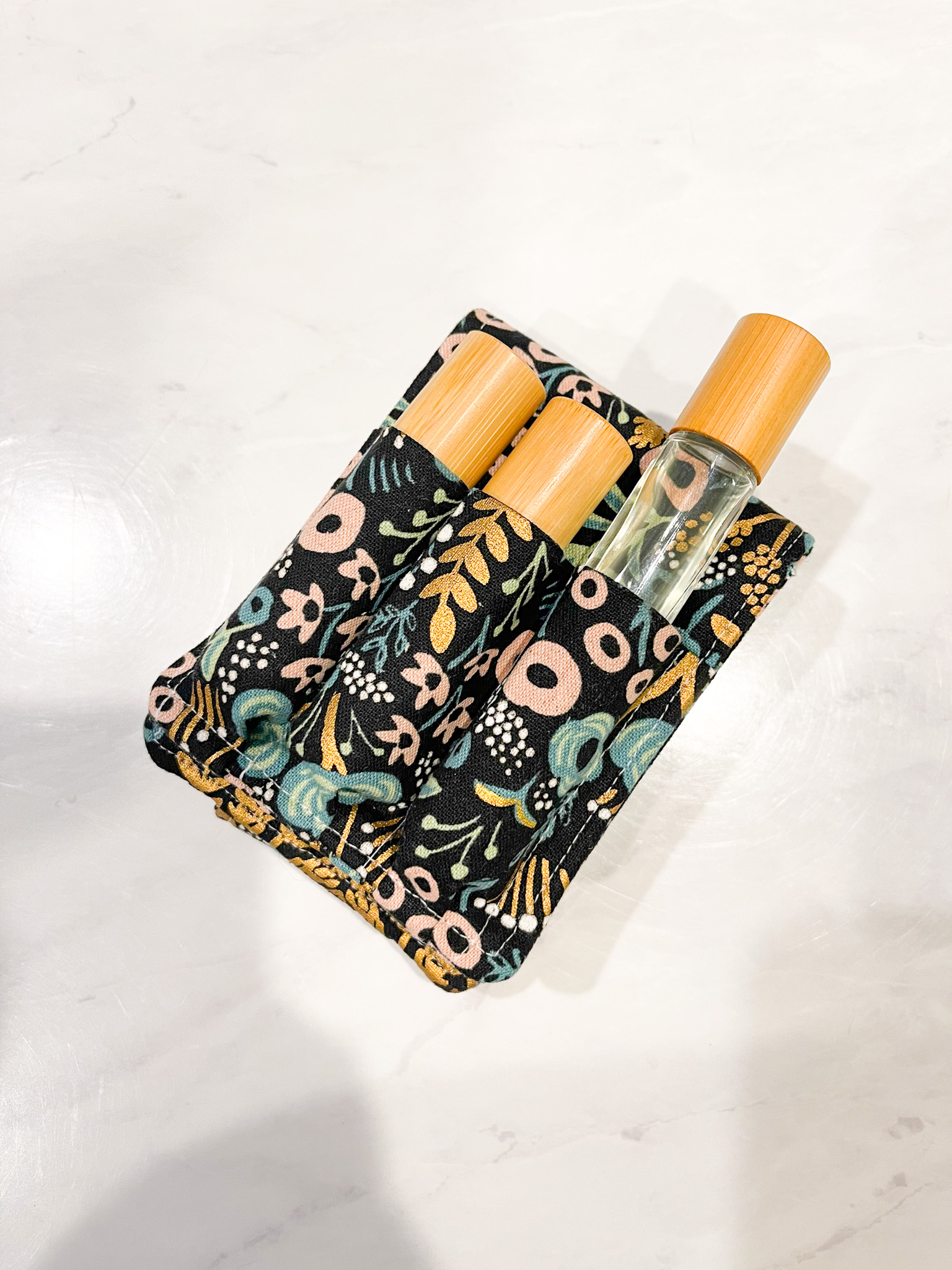
Air Quality and Volatile Organic Compounds
According to the World Health Organization (WHO), over 90 percent of the world lives in a place where outdoor air quality is harmful to human health. The Environmental Protection Agency (EPA), has enough evidence to claim that indoor air quality is more polluted than outdoor air quality, even amongst busy and highly industrialized cities! Take a moment to let that sink in…air inside our homes is likely worse than inhaling exhaust from traffic on a busy street! There are many factors that contribute to the air quality inside our homes: fumes from paint, lead, mold, perfumes, cleaners, candles, plug ins and dust to name only a few.
To understand how our indoor air quality has become so polluted you need to understand volatile organic compounds (VOCs). VOCs are chemicals that have a high vapor pressure and a low water solubility (meaning they evaporate quickly). It’s important to note that not all chemicals or VOCs are harmful, considering water (H2O) is a chemical. It’s the toxic chemicals and VOCs that are of concern. Toxic VOCs are off gassed from common household items like paints, waxes, cleaning disinfectants, cosmetics, degreasing agents, (etc.) and we inhale them. So you may be wondering what’s the worst that can happen when we inhale VOCs? The American Lung Association released a statement about VOCs saying, “Breathing VOCs can irritate the eyes, nose and throat, can cause difficulty breathing and nausea, and can damage the central nervous system as well as other organs. Some VOCs can cause cancer.” Our health is directly affected by what we’re bringing into our homes!
The Wild Wild West
I would venture to say we have a general sense of awareness when it comes to food, drinks and drugs we are consuming. We have been told to shop organic, watch our sugar intake and try to avoid preservatives, artificial sugars and decrease alcohol consumption. For the sake of our health some of us even avoid entire types of foods like meat, dairy or gluten. I would also venture to say that as consumers we don’t pay as much attention to what we’re putting on our bodies as what we’re putting in them and this is a huge mistake. Health and wellness should be looked at as a whole, not leaving any one piece out so we can’t believe diet and exercise are the only lifestyle modifications that have ramifications on our health and wellness. Our skin is our largest organ. It’s our first layer of defense and protection. If it’s compromised we’re more at risk for invading pathogens and toxins. Don’t try to tell me otherwise. I prescribe topical medications, meaning that medication is applied to the skin and absorbed internally. The effects can be systemic. People have been known to die from fentanyl patch overdose. So what we’re putting on our skin is just as important as what we’re ingesting and breathing.
We think that because we bought something on a shelf or on a popular internet site that it’s safe for us? Wrong. The cosmetic industry is the least regulated industry in the United States. In the European Union over 1300 chemicals and known carcinogens have been banned from personal care products. In Canada hundreds of chemicals of the like have been banned. Do you know how many chemicals and known carcinogens have been banned from personal care products in the United States? Only eleven. Our shampoo, conditioner, lotion, makeup, moisturizer, deodorant, toothpaste and mouthwash, perfume, (the list goes on and on) are exposing us to hundreds of toxins because we don’t have tight enough regulations.
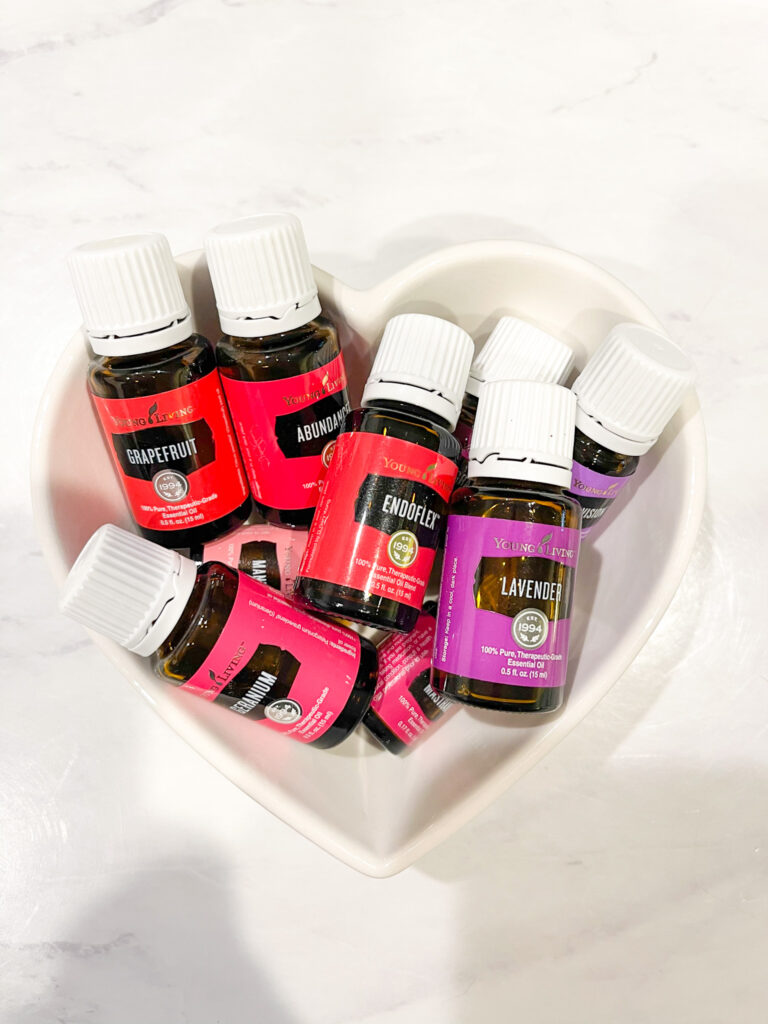
So what kind of regulations do we have as Americans? The Food and Drug Administration (FDA) enacted The Food, Drug and Cosmetic Act (FDCA) of 1938 to safeguard consumers from false advertisement and to give the FDA authority over food, drugs and cosmetics. However, this law is severely outdated, it’s honestly the Wild, Wild West out here. Under current regulations this act promotes manufacturer self-regulation. There is no accountability to ensure the production of safe personal care products. Under current regulations the FDA doesn’t even have the authority to pull or recall products that have been known to cause harm to consumers.
You’ve likely seen products that advertise themselves as paraben, phthalate or sulfate free. These words are gaining new traction as blacklist ingredients in many personal care products. But why? Parabens act as a preservative to prolong the shelf life of your personal care products, phthalates are used to dissolve or soften plastic and can be found in personal care products stored in plastic bottles and sulfates are commonly used in cleaning products and things like shampoo as they are responsible for visible suds when lathered. These commonly used chemicals are known endocrine (hormone) disruptors and can contribute to infertility, obesity, depression and anxiety, birth defects, developmental disorders and cancerous tumors. Parabens, phthalates and sulfates are only a few well recognized toxins you’ll find in personal care products. I highly recommend getting familiar with reading ingredient labels. A good rule of thumb is if you’ve never heard of it or can’t pronounce it then it doesn’t belong in your home.
When it comes to cleaning products, since they aren’t food, drinks or drugs meant to be ingested or rubbed on our person, they are not monitored by the FDA. The EPA does request cleaning ingredients deemed to be harmful be disclosed on the label, however, according to the American Lung Association, “manufactures are not obligated by US law to list all ingredients in consumer products.” Chemically-laden cleaning supplies and your personal care products both omit harmful VOCs which can manifest in the body as fatigue, headaches, allergies, asthma, eczema, skin rashes and autoimmune diseases.
The “F” Word
The best advice I can give you when purchasing products for your home is to avoid anything that contains an ingredient of fragrance or parfum/perfume. These phrases are loopholes in The Food, Drug and Cosmetic Act. Fragrance and parfum are “catch all” words that can be a coverup for nearly 3000 undisclosed toxic chemicals. Manufacturers will often purchase fragrance from “fragrance houses” and they won’t even know what they are putting in their own products! When listed on an ingredient label, the words fragrance and parfum are considered “trade secrets.” In order to protect “trade secrets” companies and manufacturers do not have to disclose the ingredients that make up these fragrances or parfums. When it comes to requesting cosmetic ingredients that make up these “trade secrets,” the FDA says this, “First, be aware that it’s unlikely that FDA will grant your request. We’ve received only a handful of trade secret requests in the last 20 years and have granted such a request only once.” The lack of regulation and transparency in the cleaning and cosmetic industries is jeopardizing to public health.
There are plenty of resources to give you the education and empowerment you need to make informed decisions about the products in your home! You can also research product ingredients and find studies on certain chemicals within peer reviewed studies and journals.
Twelve Months to a Safer, Cleaner Home
Now that we know why people are ditching, how do we get to switching? There is no right or wrong way, just take steps forward no matter how small! I thought that having a guided timeline that correlates to specific areas of your home would help you to see that this can be implemented in your home and it doesn’t have to be overwhelming or expensive! I’ve mapped out how you can ditch and switch pretty much your entire home in twelve months! This is a realistic and achievable timeline to accomplish this goal! I’ve even included my favorite product substitutions and a few DIY recipes for you below.
Most of what I will share below is essential oil based or is a product from Young Living. This is because they are my trusted source for the products in my home. I have done research on essential oil companies and other companies that supply “plant-based” or “clean” products and Young Living was my personal winner. I get rewarded when I shop with Young Living so the more I could bundle buy at the same place the better for my bank account. Plus, Young Living takes an even stricter stance on ingredients they will use in their personal care products. In addition to the 1300 products banned in the European Union, Young Living has banned 2500 more chemicals from their personal care products.
There is nothing wrong with choosing products outside of Young Living! Just make sure they are a trusted source and that you are not getting greenwashed. Greenwashing is when a company markets or falsely advertises that they are environmentally sustainable, clean, chemical or toxin free, etc, when they are not. This has become a bigger problem as the demand for cleaner, safer, environmentally-friendly products rises. They may use verbiage like “clear and free” or “green” on their labels and their products may even come in very minimalistic packaging to make you think you are getting a safer, cleaner product.
A few of the DIY recipes below are original but I want to share credit where it’s due and state that a lot of these recipes were shared by others in my essential oil community. I have been thankful for their support as I’ve embarked on my own ditch and switch journey.
January: Synthetic Air Fresheners + Candles
You know the black rim that forms around a glass candle when it’s burning? That’s soot. When you burn a candle soot is traveling through the air and you’re subjected to inhaling it. Inhaling soot is allowing particulate matter into your lungs, which can cause allergies and respiratory irritation. Aerosolized air freshener is doing the same thing, polluting air with hazardous VOCs. Replace candles, plug ins, air fresheners and room sprays for a clean and safe alternative: a diffuser and essential oils. You can purchase a starter kit from Young Living that comes with 12 oils and a diffuser. This starter kit will completely replace your need to burn candles or have artificial plug ins or air fresheners. You won’t even miss your favorite candle, the scent can likely be reproduced with the right blend of oils! A diffuser and essential oils will actually support your immune system, neurological system and emotions as you inhale the oils. It’s a win, win! Read more about how our body uses essential oils to support health and wellness HERE.
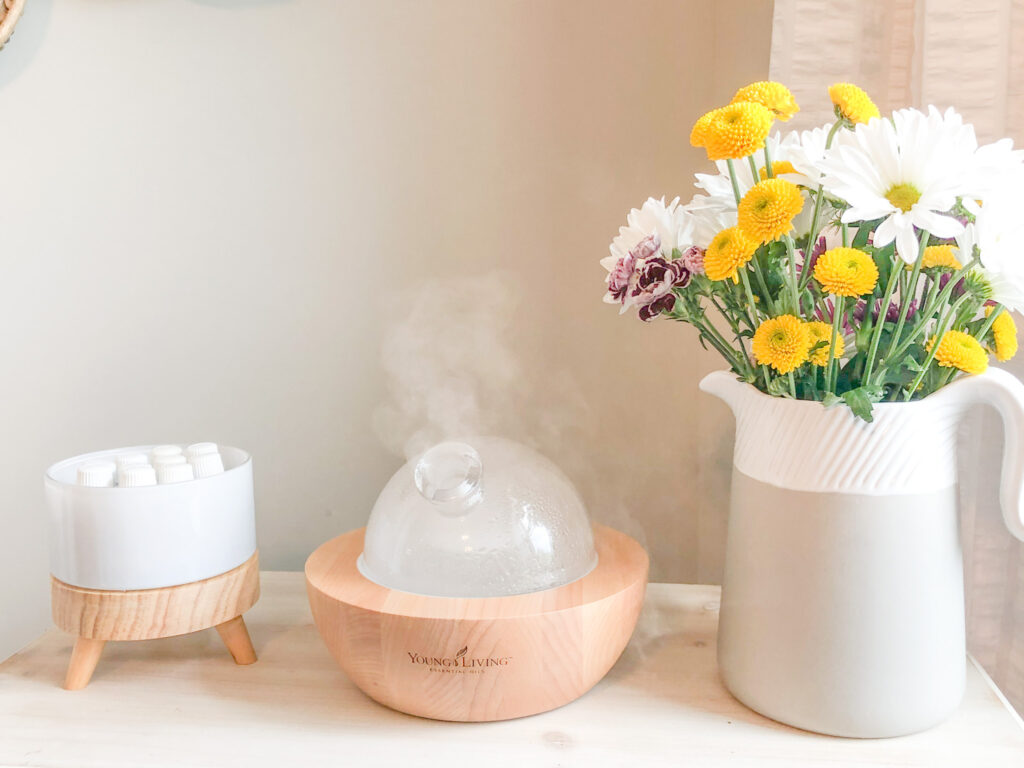
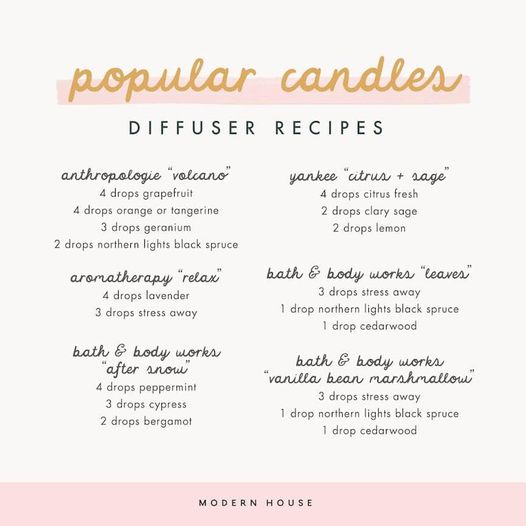
Spicy room spray recipe
2 oz glass spritzer bottle
10 drops thieves
10 drops orange
Splash of witch hazel or vodka
Fill rest of bottle with distilled water
Shake well between usages
*Customize the scent of room spray with your choice of any essential oil or blend.
*Use a “room spray” as air freshener in the bathroom, to spritz fabrics like couches, clothes, pillows, curtains, etc to replace commercial fabric sprays.
February: Laundry Room
The laundry room is the single most toxic area in any given person’s home! Laundry soap, synthetic fragrance and chemicals from dryer sheets, fabric softeners, stain removers and scent boosters bind to your clothes, sheets, pillows, blankets and towels. These toxins rub off on your skin and you inhale those chemicals all day and night as you wear and sleep in your “clean” laundry. Because Young Living products are plant based they are ultra concentrated so a little goes a very long way.
Thieves Laundry soap recipe Hack your Thieves laundry soap to make it go even further with this recipe
32 oz glass soap pump
10.5 oz Thieves laundry soap
3 capfuls Thieves cleaner concentrate
20 drops your choice of essential oils
Purification and citrus fresh are my favorite laundry room scents.
Add an optional 10 drops lemon as an extra stain remover
Add an optional 10 drops rosemary as an extra degreaser
Add an optional 10 drops eucalyptus as an extra stain remover and degreaser
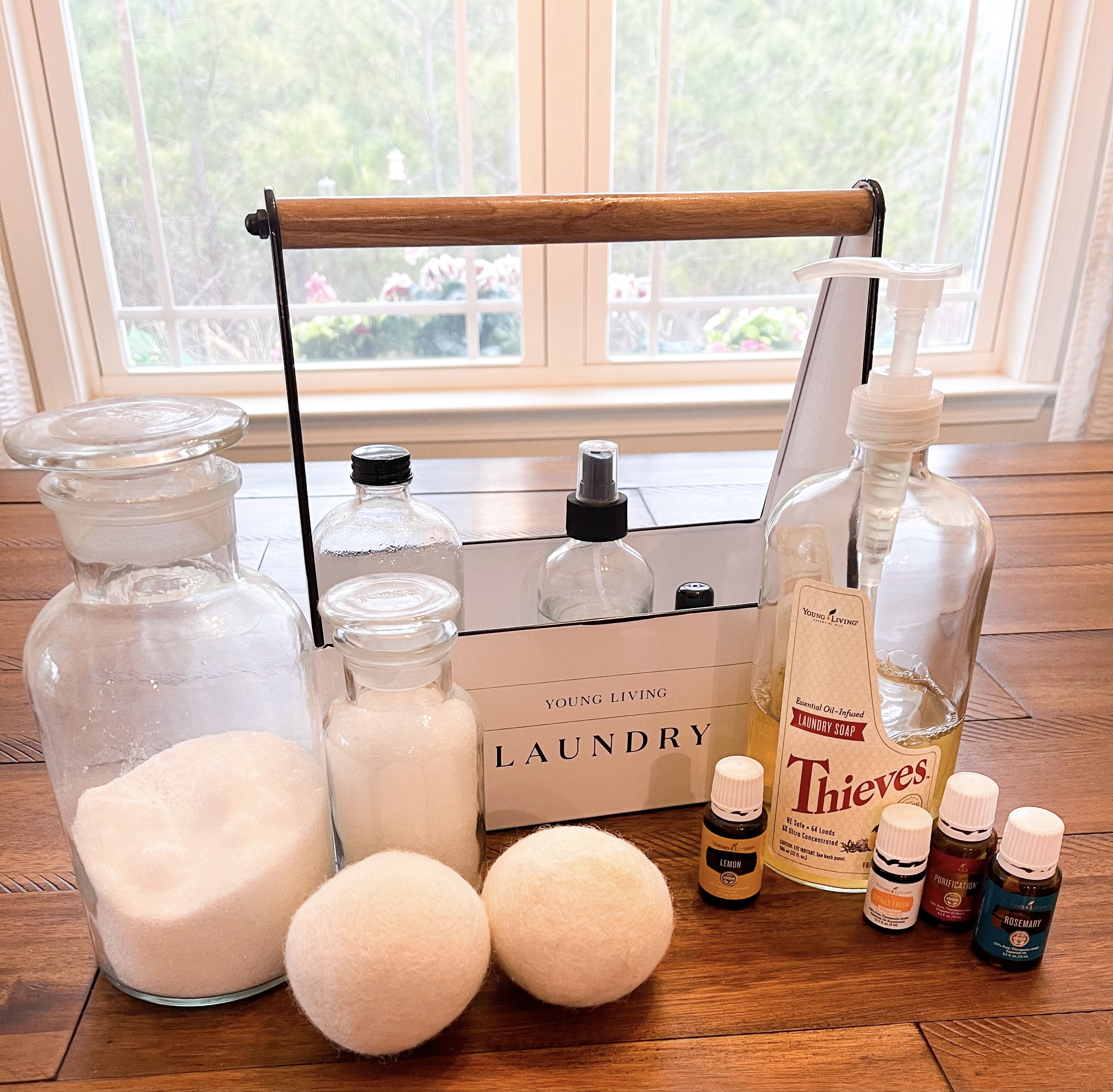
Ditch dryer sheets + switch to wool dryer balls + essential oils.
My favorite laundry room oils are purification, citrus fresh, lavender.
Fabric softener recipe
Glass airtight container
⅛ cup rubbing alcohol
2 cups white (distilled) vinegar
10-15 drops your choice of essential oils (purification is my favorite scent in the laundry)
Add 1/4 cup to fabric softer compartment of washing machine
Scent booster recipe
Large glass mason jar or glass airtight container
1 cup epsom salt
1 cup super washing soda
1 cup baking soda
20 drops your choice of essential oils (purification is my favorite scent in the laundry)
Add 2 tbsp to washing machine drum with each load
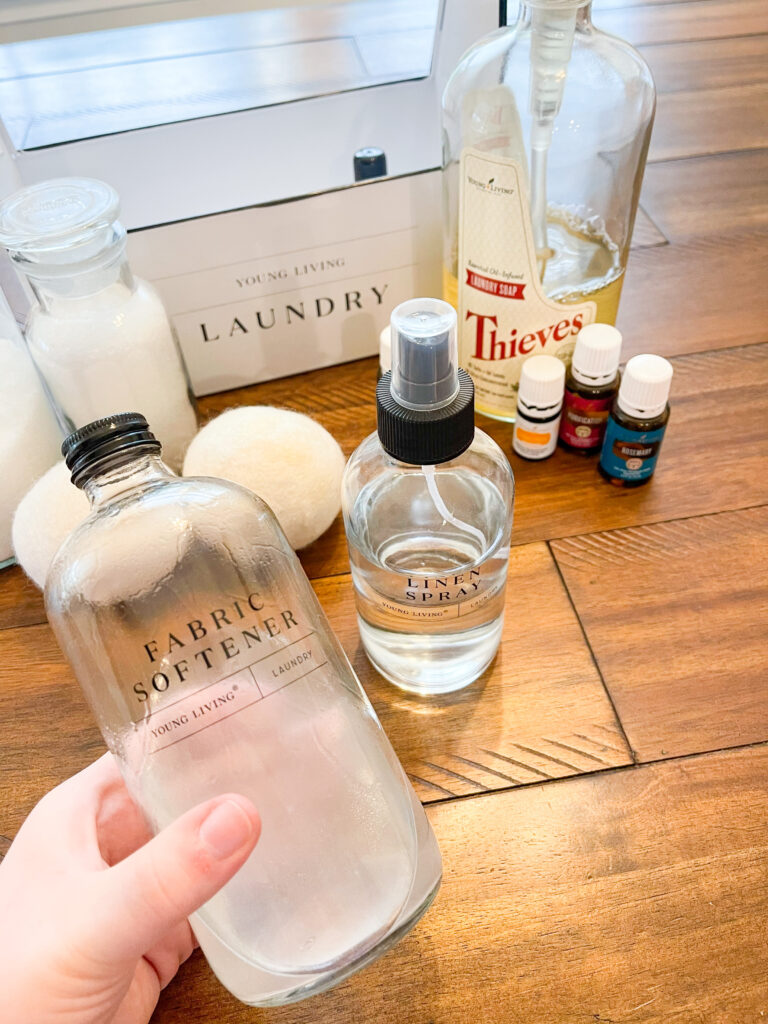
March : Cleaning Supplies
Ditch your Clorox, bleach and Scrubbing Bubbles + switch to Thieves! Thieves is a blend of essential oils: cinnamon, clove, eucalyptus, rosemary and lemon. It’s suitable for cleaning all surfaces of your home: floors, counters, toilets, tubs, sinks and showers, pots and pans, wood surfaces. There isn’t anything in my house that I don’t feel confident cleaning with Thieves. It smells like Christmas in a bottle and with it’s effective plant-based ingredients I am sure I am avoiding harmful VOCs! I have traded an entire cabinet + closet full of harmful cleaning supplies for three simple items: Thieves, baking soda and vinegar.
Thieves all purpose cleaner recipe
16 oz glass spray bottle
1 capful Thieves all purpose cleaner concentrate
Fill rest of bottle with distilled water
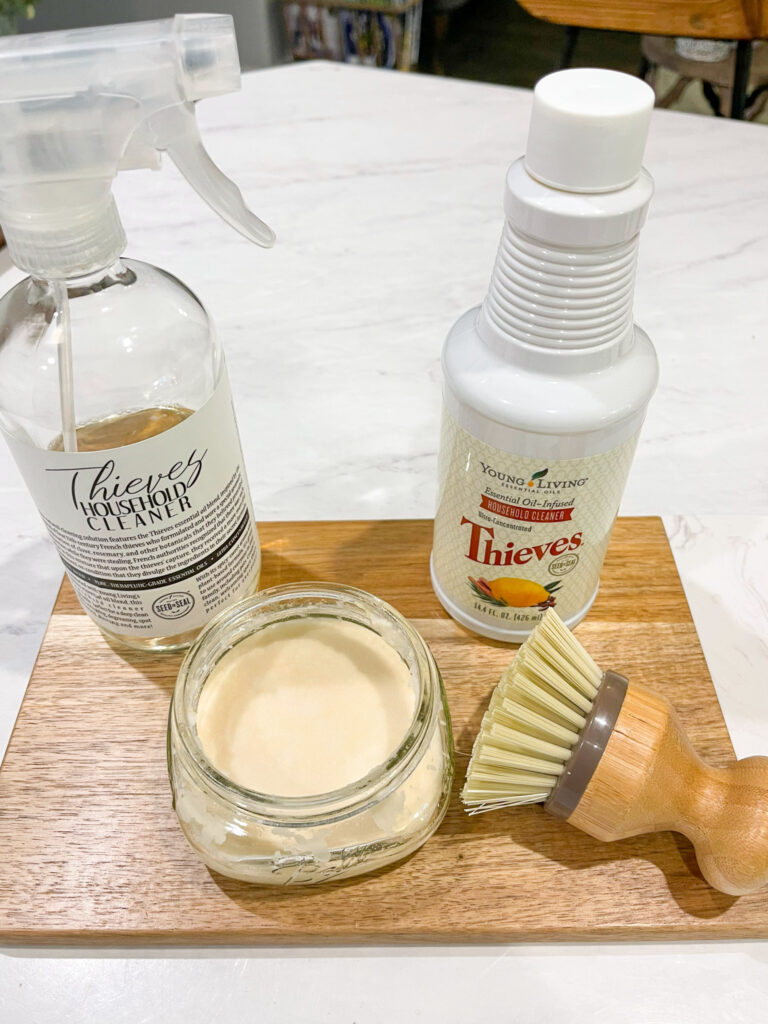
Thieves soft scrub recipe
Shallow glass jar or airtight container
Mix equal parts baking soda (or bon ami) + Thieves all purpose cleaner concentrate
10 drops lemon essential oil
This will treat dried on, tough to clean, greasy messes…stove boil overs, baked food on pans,
stained tile grout, soap scum. The key here is a mashed potato consistency!
April: Kitchen Eats, Storage + Cookware
When shopping in the grocery store it’s safest to stick to the outer isles. This is where you will find fresh produce, dairy and meats. Get comfortable reading food labels and avoid anything with the word flavor or fragrance. As again, these can be kept private as “trade secrets” by the manufacturer. Avoid copious amounts of added sugars, but enjoy treats in moderation. I have made steps to lessen artificial sugar consumption for natural forms of sugar that include stevia leaf extract and honey. Be mindful of canned foods that are high in sodium and frozen or packaged TV dinners that may have preservatives and artificial additives.
Store and heat leftovers in glass containers. Glass or aluminum cups + water bottles are preferable to plastic. Like I mentioned above, plastic can contain phthalates that are released into our food and drinks. Instead of plastic baggies, purchase a few multi-size silicone bags. Silicone does not off gas VOCs, its dishwasher safe and its heat and freezer resistant.
Cookware is not an area that I have personally tackled yet because ditching and switching does take time, but it’s on my list! Non-stick cookware is known to off-gas toxins that are carcinogenic. These toxins are also infused right into the food we’re eating. There are numerous reputable companies with clean initiative cookware. I am still researching companies + their pots and pans. Using a cast iron skillet or pots + pans without nonstick coating are a safe choice.
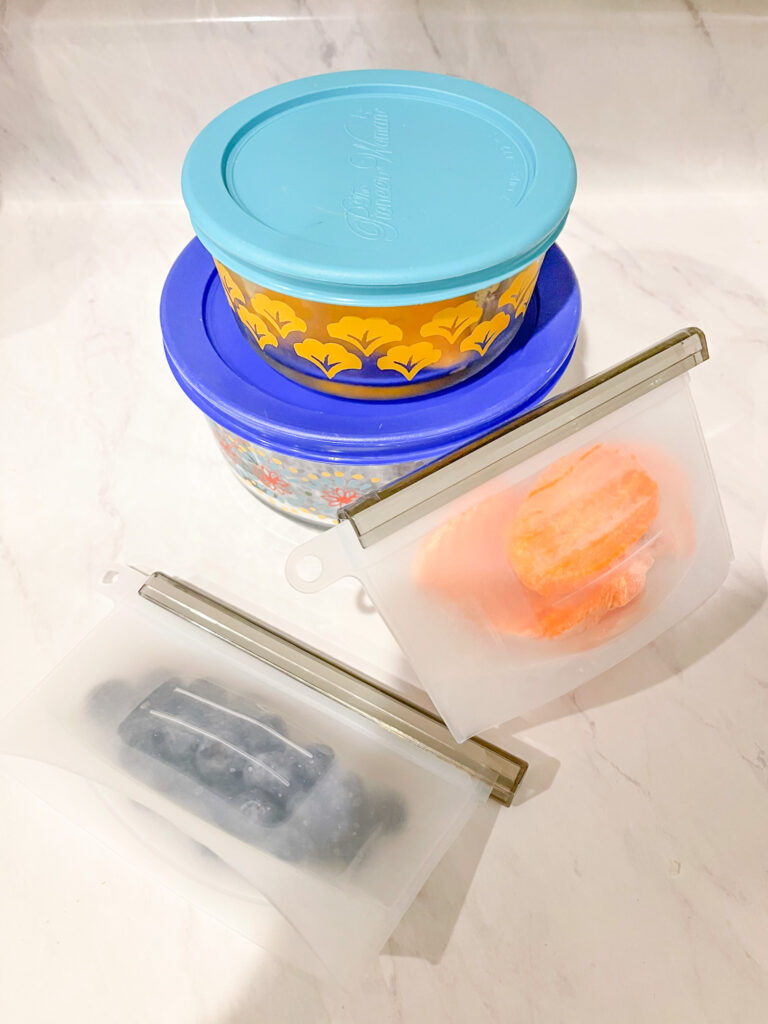
I cut out regular and diet soda intake (to avoid sugar and artificial sweetener) and instead I drink Ningxia Red. Ningxia red is made of wolfberries, blueberries, cherries, plum, aronia, pomegranate, lemon, orange, tangerine and yuzu essential oils. It’s packed with antioxidants which remove oxidative stress from our bodies to support a healthy immune system, eye health and blood sugar.
Key Lime Ningxia recipe
1 can key lime Lacroix over ice
2 oz Ningxia red
1 squeeze Young Living lemon + berry vitality drops
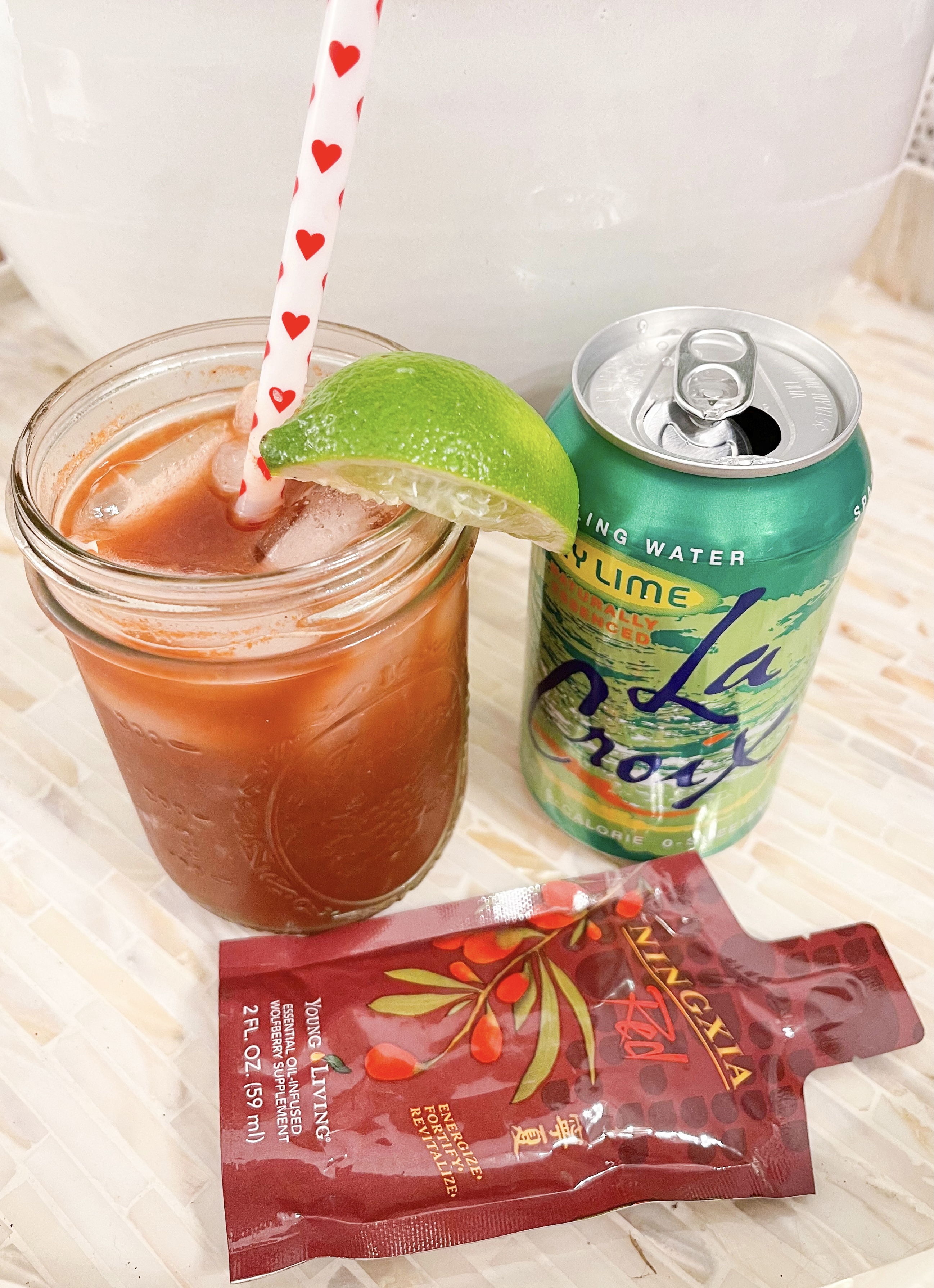
May: Kitchen, Soaps + Detergents
Common toxic chemicals found in dish soap and dishwashing detergent include: sodium lauryl sulfate (SLS/SLES), triclosan, phosphates, fragrance, formaldehyde, ammonia, diethanolamine and benzene, all of which are known endocrine disruptors. Some of these chemicals are also known carcinogens. Ditch residual chemicals left behind from dish soaps and detergents + switch to clean dish soaps and detergents that will not harm you if ingested, like Thieves. If you ingest Thieves dish soap the recommendation is to drink plenty of water.
Thieves dish soap recipe Hack your Thieves dish soap to make it go even further with this recipe
1 package Thieves dish soap
1 cup distilled water
2 tbsp baking soda dissolved in hot or boiling distilled water
Add 10 drops lemon essential oil (optional) for extra degreasing power
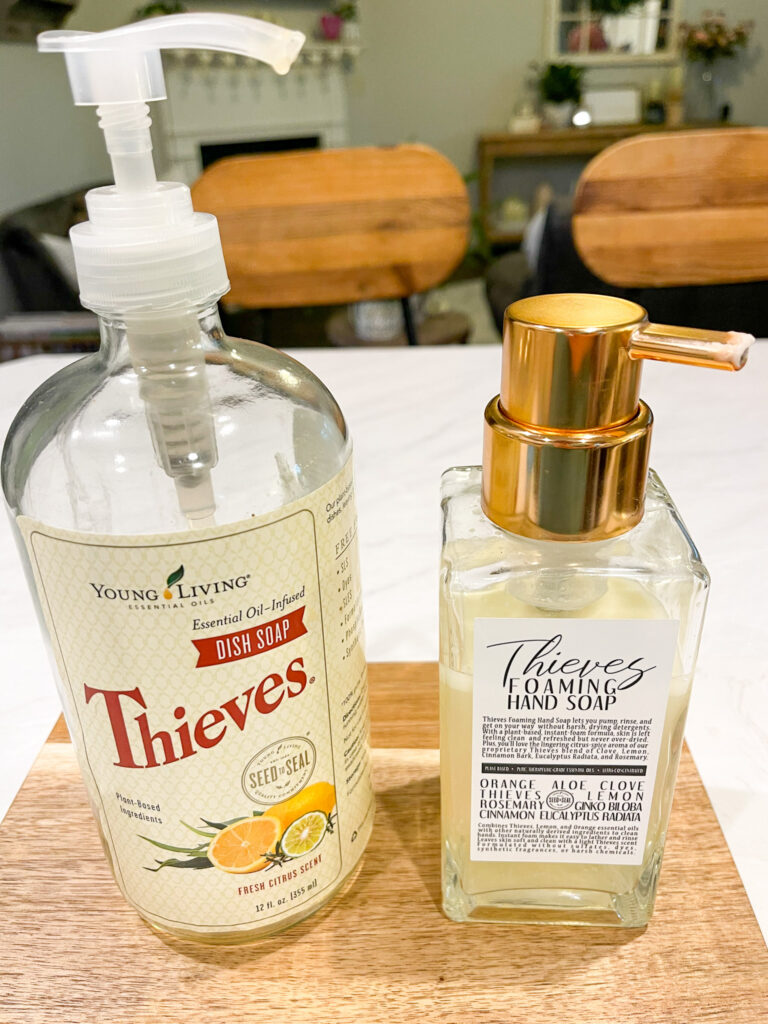
Dishwasher detergent pods recipe
1 cup baking soda
1/4 cup salt
2 tsp Thieves dish soap
Dampen mixture with distilled white vinegar
Pack 1 tbsp of mixture into silicone ice tray
Allow pods to air dry completely and store in a glass, airtight container
Add 10 drops lemon essential and (optional) for extra degreasing power
June: Plants
Ditch faux plants + switch to the real thing! Plants help detoxify air by the process of photosynthesis (taking up carbon dioxide and releasing oxygen). NASA released a clean air study that revealed the house plants that are effective at purifying air quality. Common house plants that made their list include The Boston Fern, Devil’s Ivy and Variegated Snake Plant just to name a few. You can also help care for your plants with essential oils! A few drops of citrus fresh in water will purify soil and spraying Thieves cleaner in soil and on leaves will keep leaves shiny and keep away gnats.
July: Bathroom, Shower + Tub
We’re counterproductive in the shower when we wash with commercially prepared shampoos, conditioners, soaps and face washes that contain harmful toxins. We aren’t really cleaning ourselves when we’re introducing chemicals to our bodies and stripping ourselves of the normal flora and naturally occurring oils our bodies and scalp need to keep a healthy functioning microbiome. The chemical that causes soaps and shampoos to lather and sud, Sodium Lauryl Sulfate (SLS), may be removed from your natural or nontoxic shampoos and soaps. You may notice less suds and that’s okay! Suds doesn’t necessarily equal cleaner. I do recommend shampooing and rinsing your hair twice when using a product without SLS! It will lather and suds more on the second go around. Try dropping your favorite essential oils in unscented epsom salts for a relaxing bath!
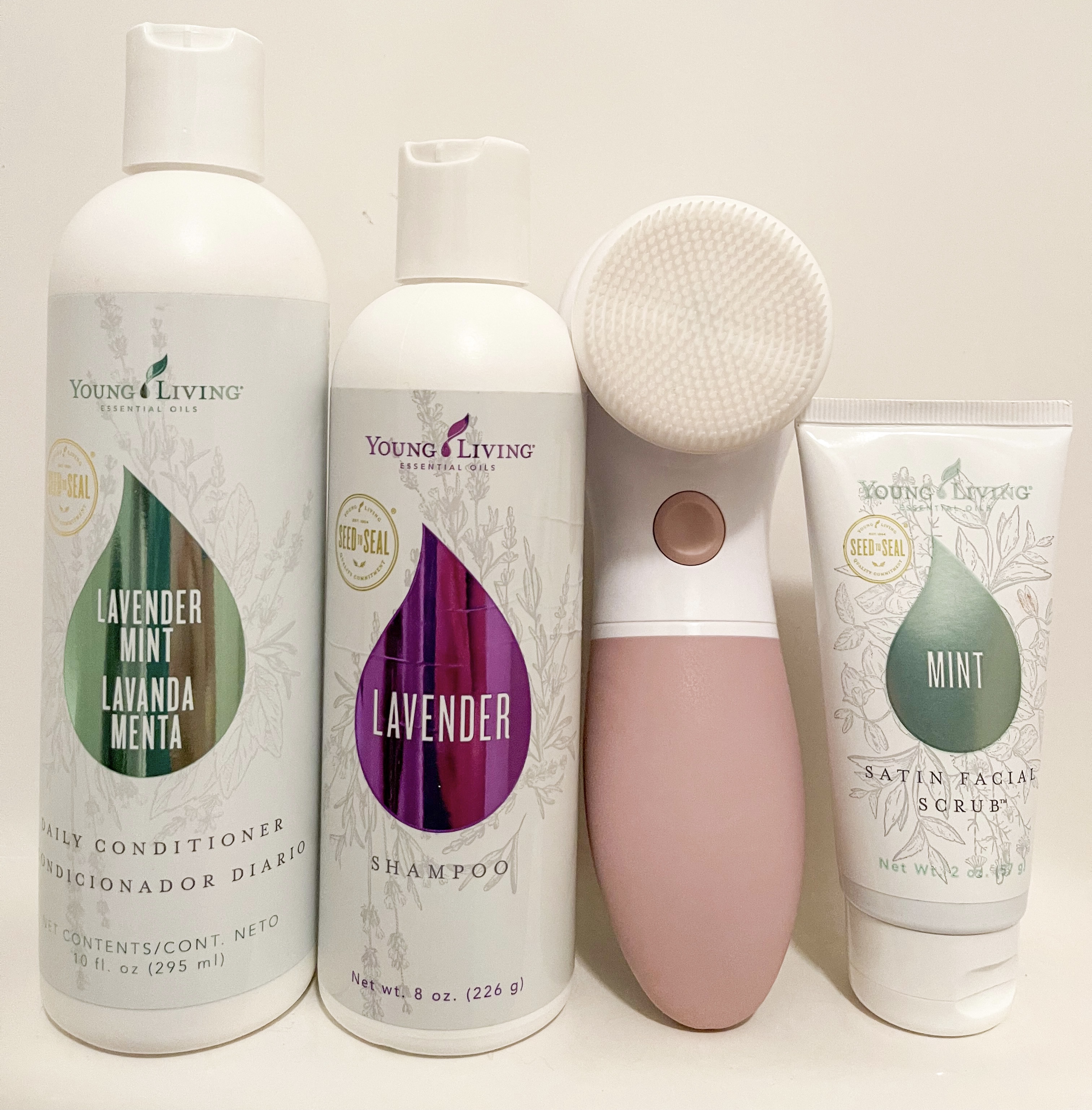
August: Bathroom, Personal Care Products
According to The Environmental Working Group (EWG), women use an average of 12 products a day and are exposed to 168 different chemicals via those products. Men will use a few less products, but are still exposed to an average of 85 chemicals daily.
Glow moisturizer recipe
2 oz glass dropper bottle
20 drops lavender
20 drops frankincense
Fill rest of bottle with your choice carrier oil
Customize your glow moisturizer to meet the needs of your specific skin type (dry, oily, acne prone,
irritated) by adding geranium, patchouli, tea tree, mastrante, blue cypress, blue tansy
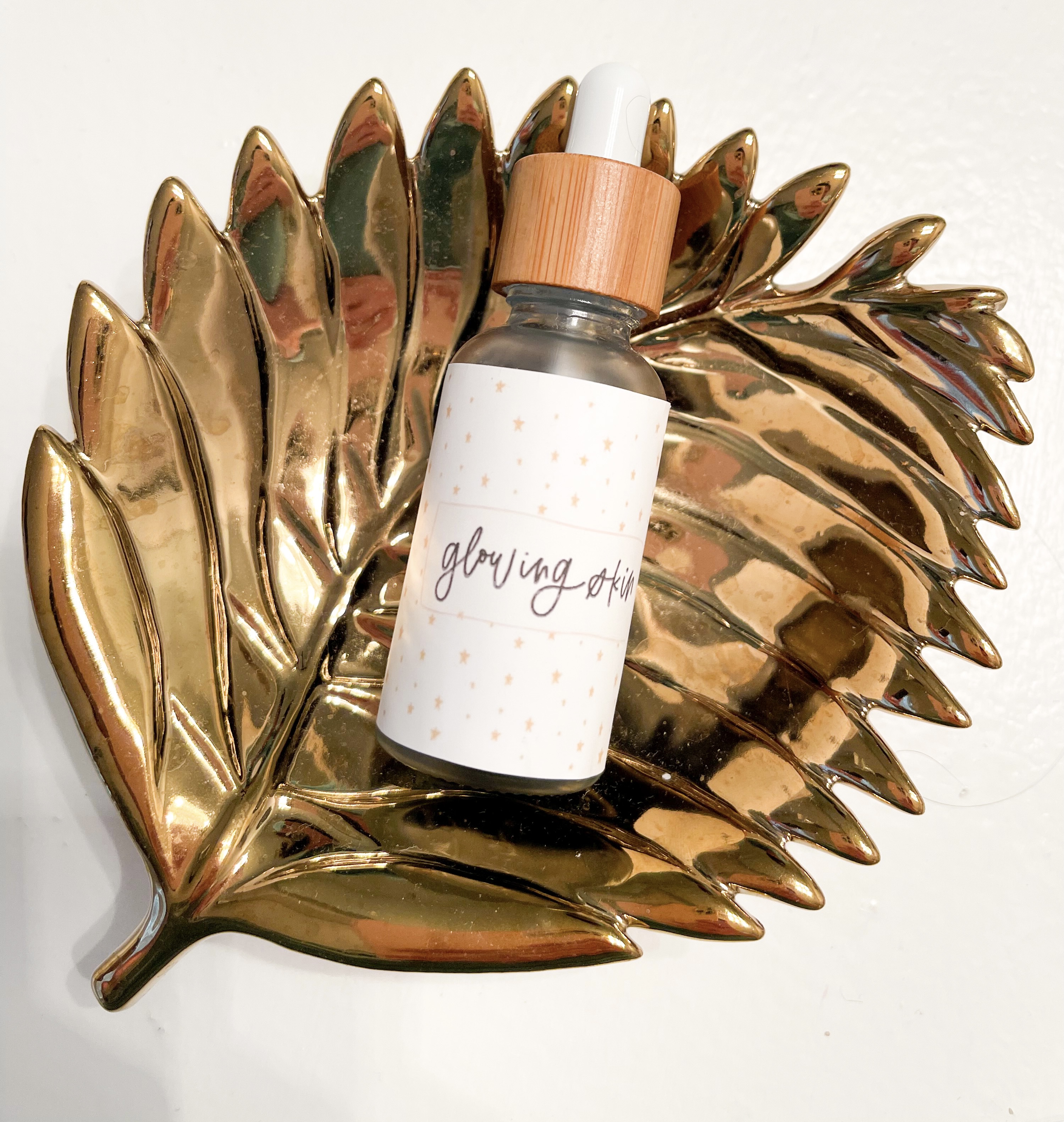
The process of washing your hands (creating friction on your skin back and forth with warm water) removes sufficient germs. Using antibacterial soaps can actually disrupt the microbiome of your skin, making it harder for your skin’s normal flora to fight off foreign microbes. Making my own soap allows me to tailor the ingredients to what my skin is needing. I may add extra coconut oil, vitamin E oil or even aloe for drier skin in winter months.
Handsoap recipe
Glass foaming hand soap dispenser
¼ cup liquid castile soap
15 drops Thieves essential oil
Splash coconut oil
Splash vitamin E oil
Fill rest of bottle with distilled water
Customize soap scent with your choice of any essential oil or essential oil blend.
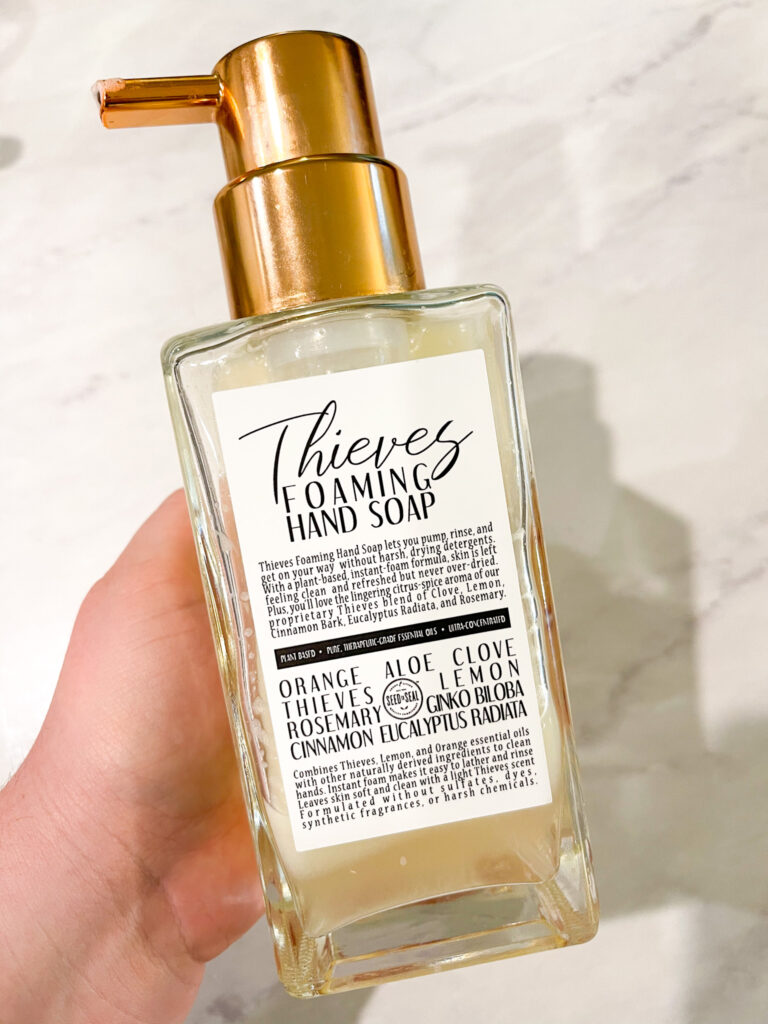
There has been controversy for years surrounding the use of fluoride in toothpaste, especially in children’s toothpaste, as it is known to cause neurotoxicity and developmental delays. Thieves Toothpaste + Mouthwash is formulated without artificial flavors, dyes, harsh alcohols or toxins such as fluoride. I have suffered from gum and tooth sensitivity for years from attempting to whiten my teeth. You can actually safely and naturally whiten teeth by putting one drop of orange essential oil on your toothpaste.
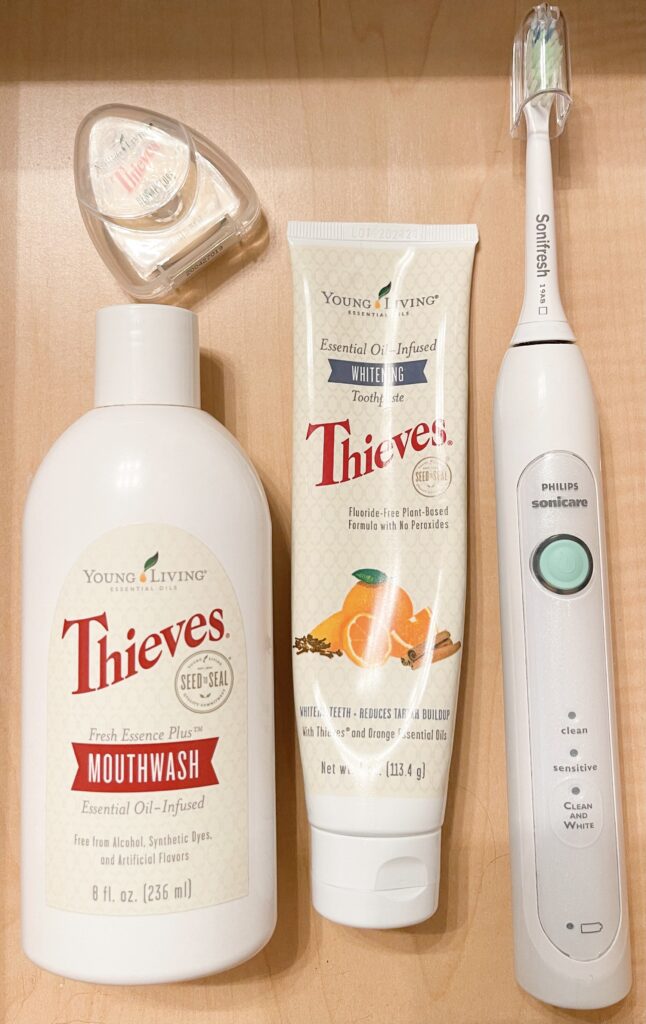
Not all sunscreens were created equal. When looking for a sunscreen make sure to choose one that provides coverage against UVA and UVB rays. At this time the safest active ingredients in sunscreens are zinc oxide and titanium dioxide. Read labels for active ingredients such as Oxybenzone (toxic to aquatic life), Octinoxate (harmful to coral reef and a known endocrine disruptor linked to reproductive issues) and Homosalate (increases the absorption of pesticides)
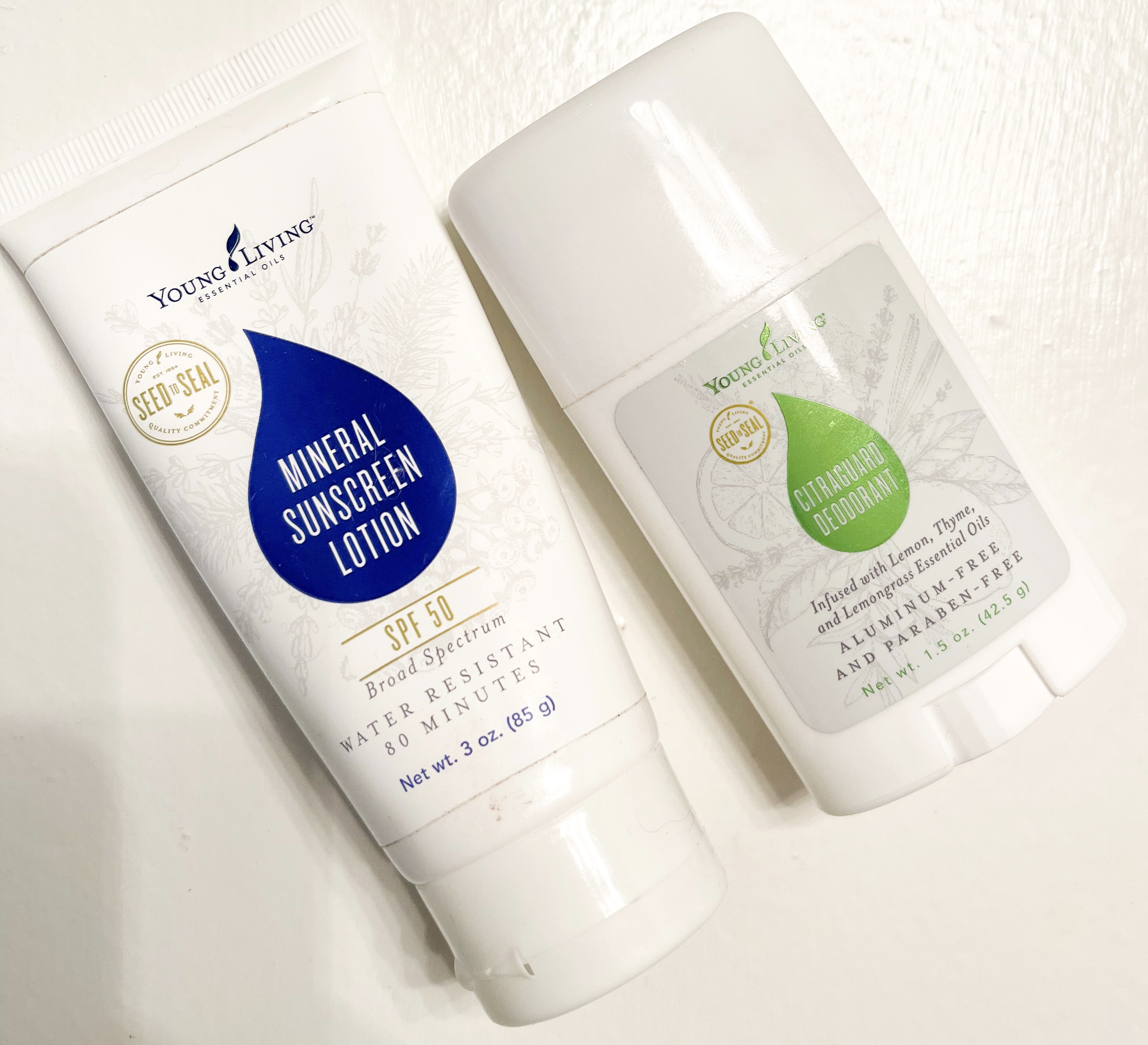
Choose a natural deodorant versus an antiperspirant. Antiperspirants contain heavy metals like aluminum that clog pores, interfering with the natural sweating process. Sweating is good and necessary for our bodies! There is a lot of controversy surrounding causative links between antiperspirants and health conditions such as breast cancer and Alzheimer’s Disease. For me the choice was easy. If there was even the slightest chance that my choice to forego an antiperspirant would decrease my risk of long term illness, I was going to ditch the antiperspirant. Just a heads up…you will notice sweating when you make the switch. But using a natural deodorant will work with the normal flora of your skin to neutralize odors. If you’re noticing an increase in body odor then consider changes to your diet, exercise routine and stress management techniques.
Aerosolized dry shampoo contains toxins that are known to irritate the lining of the lung. Also, using an excess of dry shampoo can clog the hair follicle, stunting healthy hair growth and causing scalp irritation.
Dry shampoo recipe
1 tbsp baking soda
1/4 cup arrowroot powder
2 tbsp unsweet cocoa powder to darken
4 drops lavender
4 drops cedarwood
4 drops rosemary
4 drops tea tree
If you’re blonde or have light roots you can skip the cocoa powder or add less
Healthy hair spray
2 oz glass spritzer bottle
10 drops lavender
10 drops cedarwood
10 drops rosemary
Splash alcohol free witch hazel
Fill rest of bottle with distilled water
There isn’t enough transparency to know that commercial perfumes and body sprays are safe for your lungs, skin, neurological system, endocrine system and immune system. I no longer buy perfume or body spray and I make my own with essential oils. It’s easy and rewarding. These make thoughtful gifts, too! The options to customize the scent you want are endless!
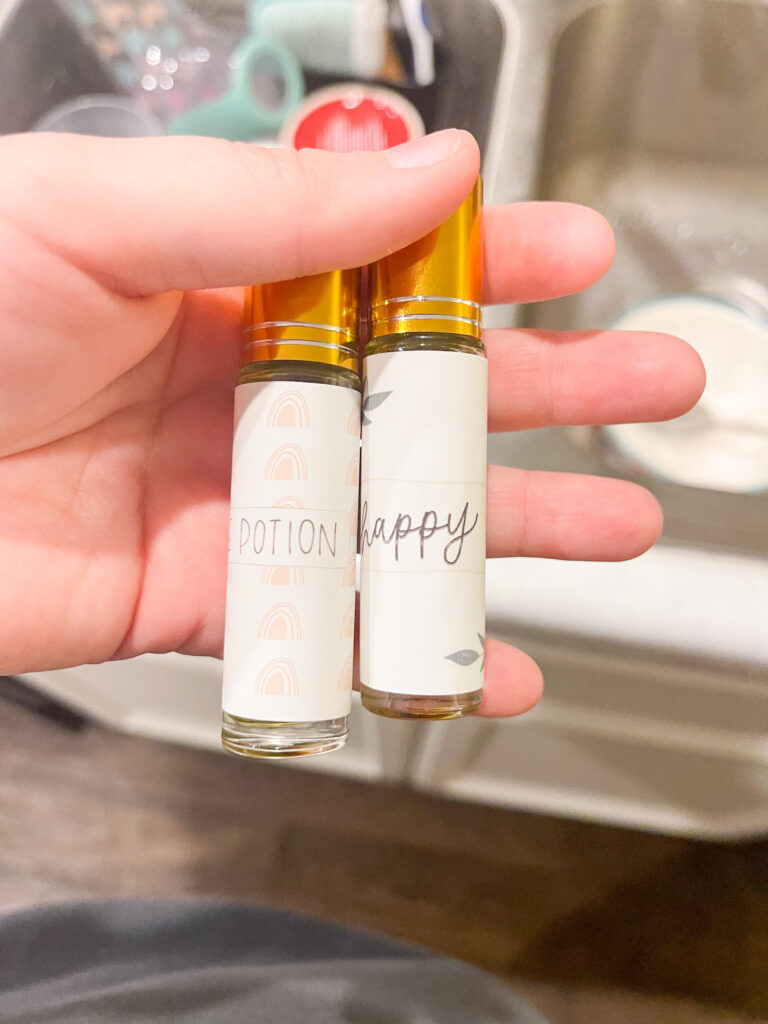
Happy perfume spray
2 oz glass spritzer bottle
10 drops stress away
10 drops lime
10 drops bergamot
Splash vodka or witch hazel
Fill rest of bottle with distilled water
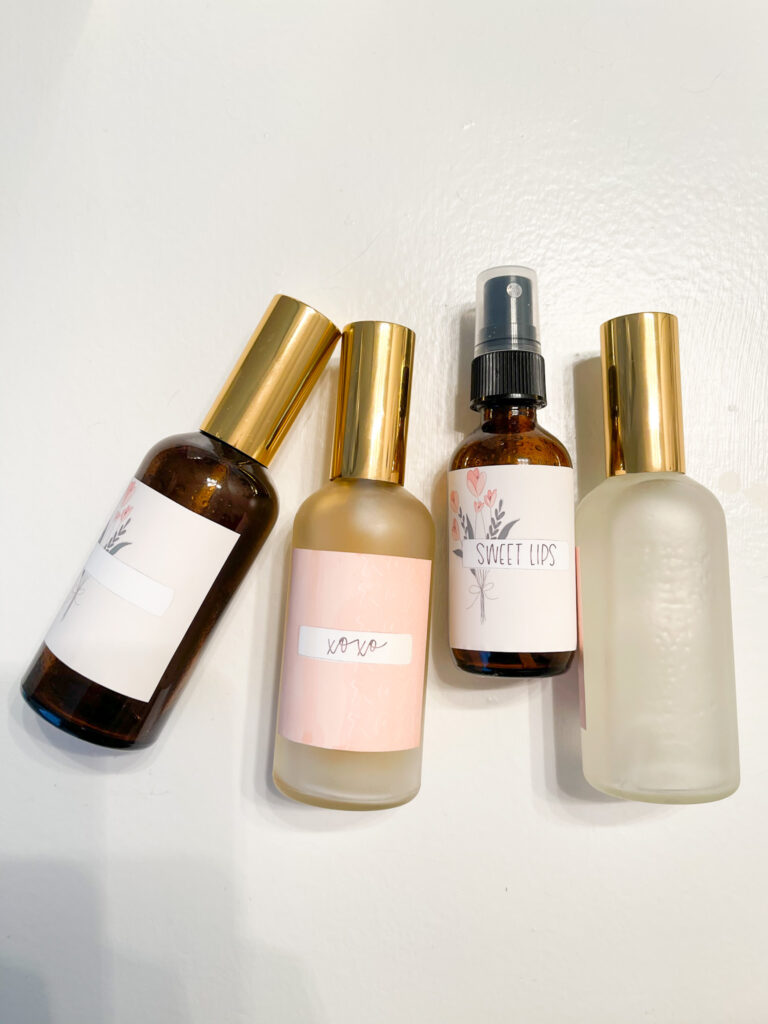
Unicorn roller perfume
10 mL glass roller bottle
10 drops frankincense
10 drops valor
10 drops grapefruit
10 drops bergamot
10 drops stress away
Top with carrier oil (my favorite carrier oil right now is sunflower seed oil)
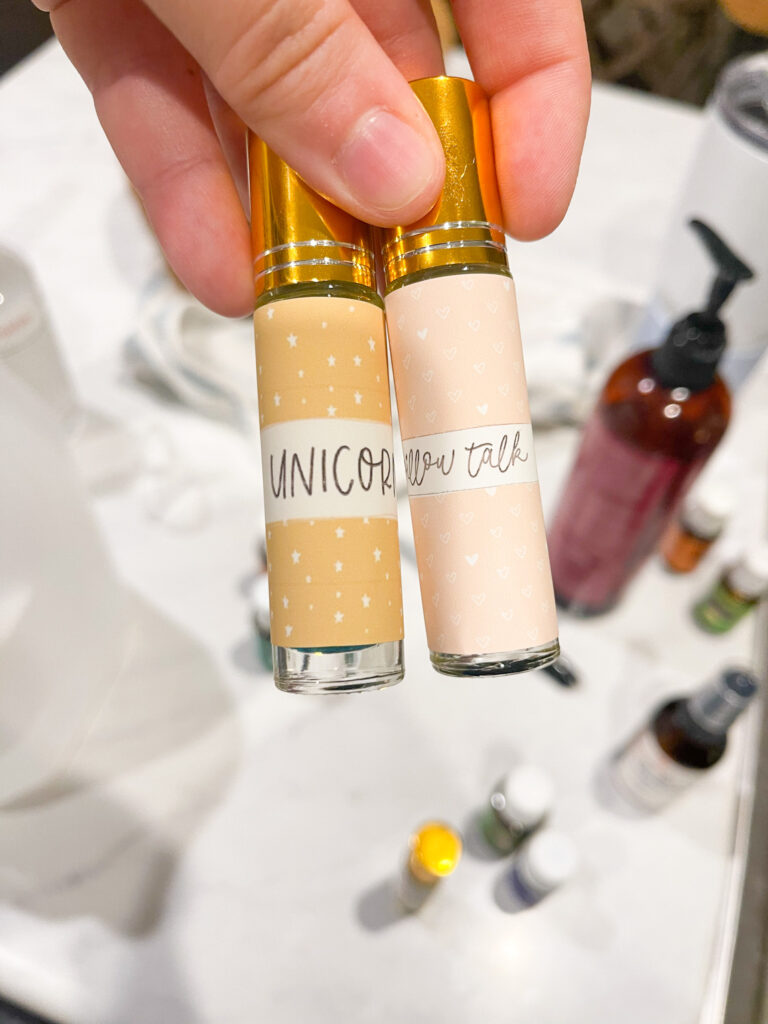
In the United States, insect repellants are regulated as pesticides. Bug sprays are generally comprised of active ingredients and inert ingredients. The active ingredients will appear on the labels and the inert ingredients likely will not. Inert ingredients can be solvents, preservatives, and fragrance. N,N-Diethyl-meta-toluamide (DEET) is the most common active ingredient in commercially prepared bug sprays and has been linked to neurotoxicity, memory loss, headaches, skin irritation and respiratory distress. DEET is rapidly absorbed through the skin and absorption is compounded when mixed with sunscreen! DEET can cross the placenta and has been found in newborns. Because DEET is slowly broken down it has been found in groundwater and drinking water.
Bug spray recipe
2 oz glass spritzer bottle
10 drops citronella essential oil
10 drops peppermint essential oil
Splash witch hazel or vodka
Fill rest of bottle with distilled water
September: Makeup
You don’t have to compromise quality results for safety. I have been using foundation, powder, blush, lip gloss, eyeliner, eyebrow powder and eyeshadow from Young Living and have been super impressed with their performance. When reading ingredients in cosmetics you want to avoid fragrance, talc, parabens, triclosan, formaldehyde-releasing preservatices, petroleum, phthalates and lead.

October: Bedroom
Ditch over the counter sleep aids, synthetic linen sprays and flame retardant mattresses, pillows and bed clothes! We spend several hours every night sleeping on a mattress and bed clothes that have likely been doused in flame retardant chemicals. The National Institute of Environmental Health Sciences states there is a growing body of evidence to support adverse health effects in animals and humans when exposed to flame retardants including endocrine and thyroid dysfunction, impacts on the immune system, reproductive toxicity, cancer and adverse effects on fetal and child growth, development and neurological function. Am I suggesting you throw out your mattress right away? No, because mattresses are a big investment! Just do plenty of research on companies with clean mattress initiatives when you are considering purchasing a new one!
Deep sleep roller recipe
10 mL glass roller bottle
10 drops cedarwood
10 drops lavender
10 drops frankincense
10 drops vetiver
Top with your choice carrier oil
Roll on belly or bottoms of feet and apply socks for the most restful night of sleep!

Pillow talk spray recipe
2 oz glass spritzer bottle
15 drops of your choice essential oil; lavender, peace and calming or stress away
Splash of witch hazel
Fill rest of bottle with distilled water
Spritz pillow and bed sheets before climbing into bed
A nightly routine is so important to a restful nights sleep. Turn on your bedroom diffuser 30 minutes prior to bedtime so your body will recognize that it’s ready for bed.
November + December: Toxic Jobs + Relationships
Yeah, I just went there! If you’ve made it this far we’ve walked through cleaning up and getting rid of harmful substances and toxic areas of your home, but you’re not going to truly experience these benefits if you are constantly dealing with the emotional weight of a toxic relationship or a toxic job. If they’re sucking the life out of you, let them go. Walk away from that person or that job that isn’t serving you. The grass is greener… and I know…because I’m standing on it. I can absolutely speak from experience that you will not regret the freedom that comes from making the decision to stand up for yourself. Your physical health will thank you because it is so intertwined with your emotional health. Ditch disrespect, dishonesty, exhaustion, fear + switch to value, encouragement, boundaries, work-life balance and happiness.
You. Are. Worth. It.
I urge you to continue your own research as it relates to ditching and switching but I hope this is a helpful starting point for you and your family to a safer, cleaner home! Please reach out (with kindness) about any feedback you may have on this post. I love connecting with y’all! I am happy to answer any questions you may have and support you as you find ways to clean up your home and support your health! If you’re interested in getting essential oils into your home send me a message!
Click HERE to read more about how our body uses essential oils to support health and wellness.
Click HERE to follow me on Instagram, I share more of my personal journey with oils, DIYs + clean living at home.
